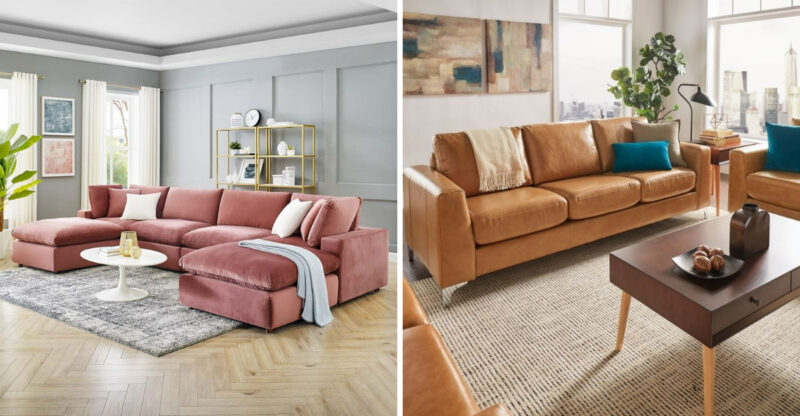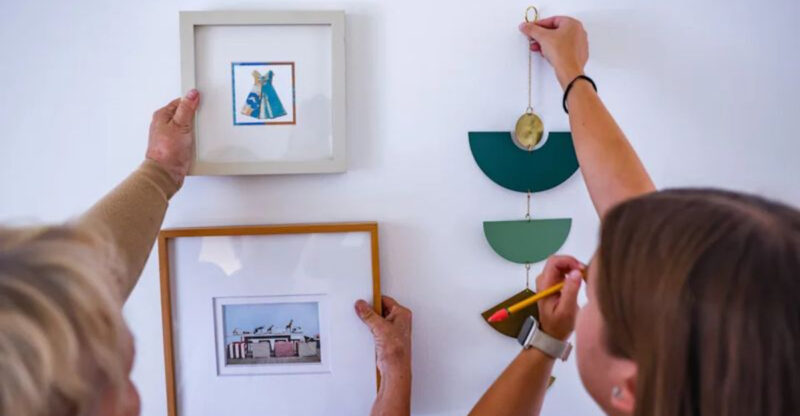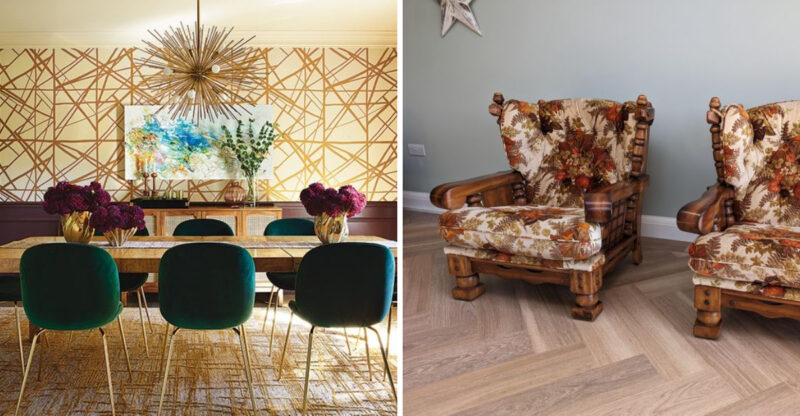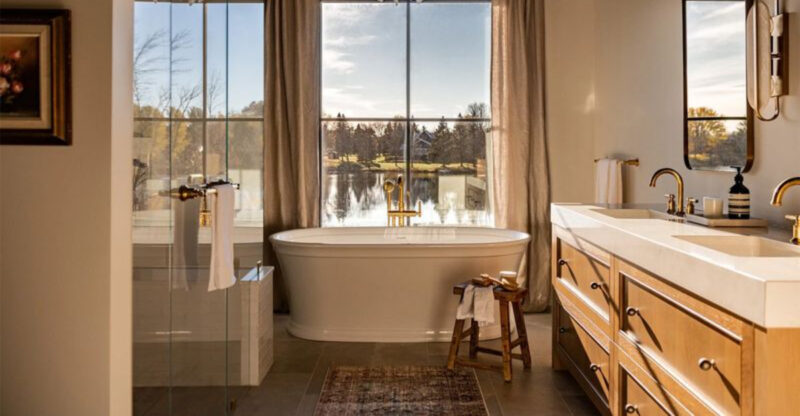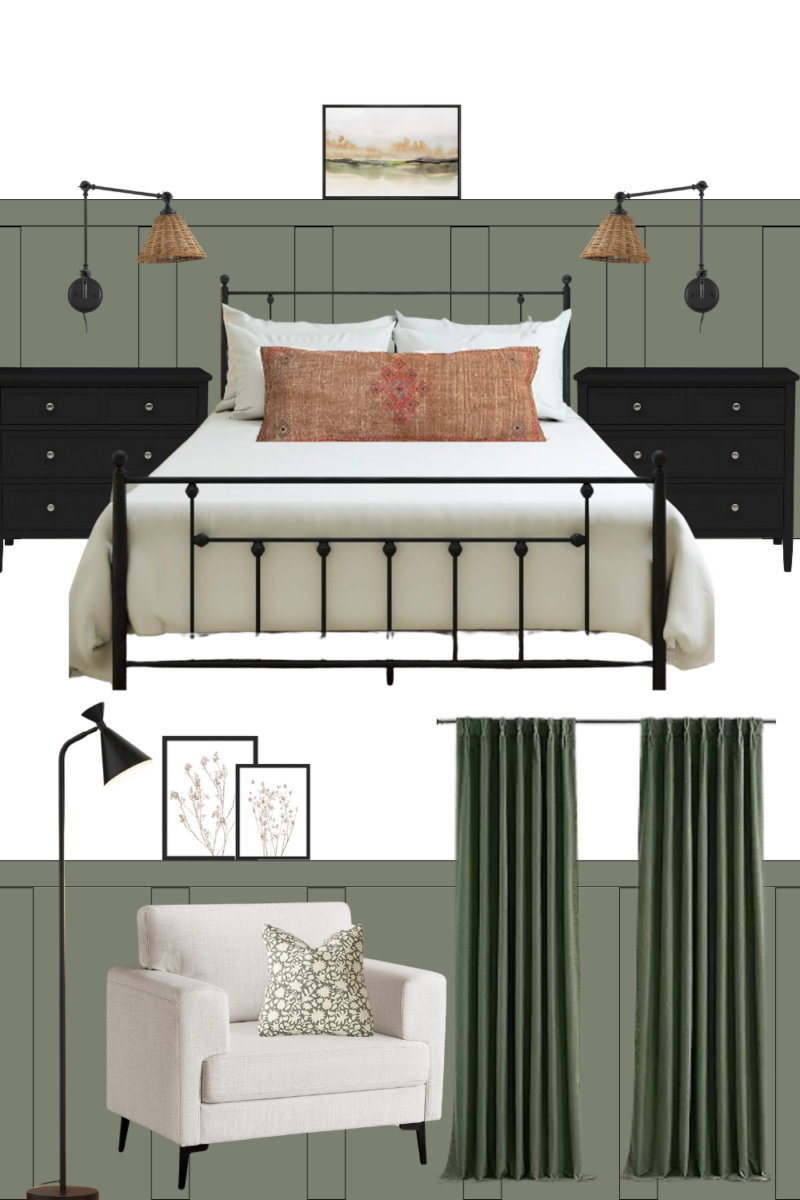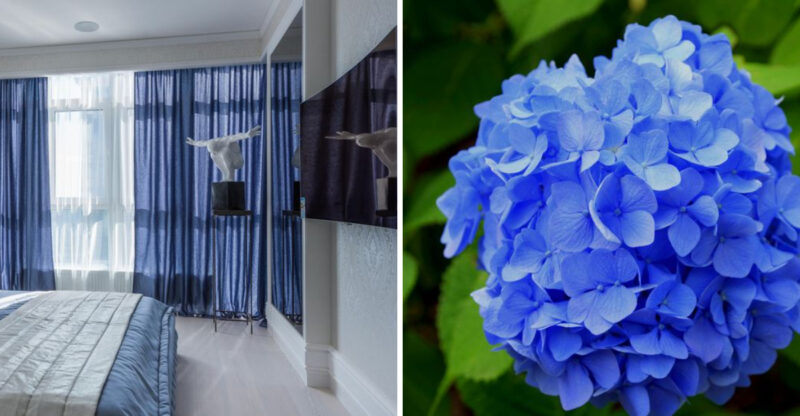9 Classic Kitchen Elements That Could Surprise You By Their Former Popularity
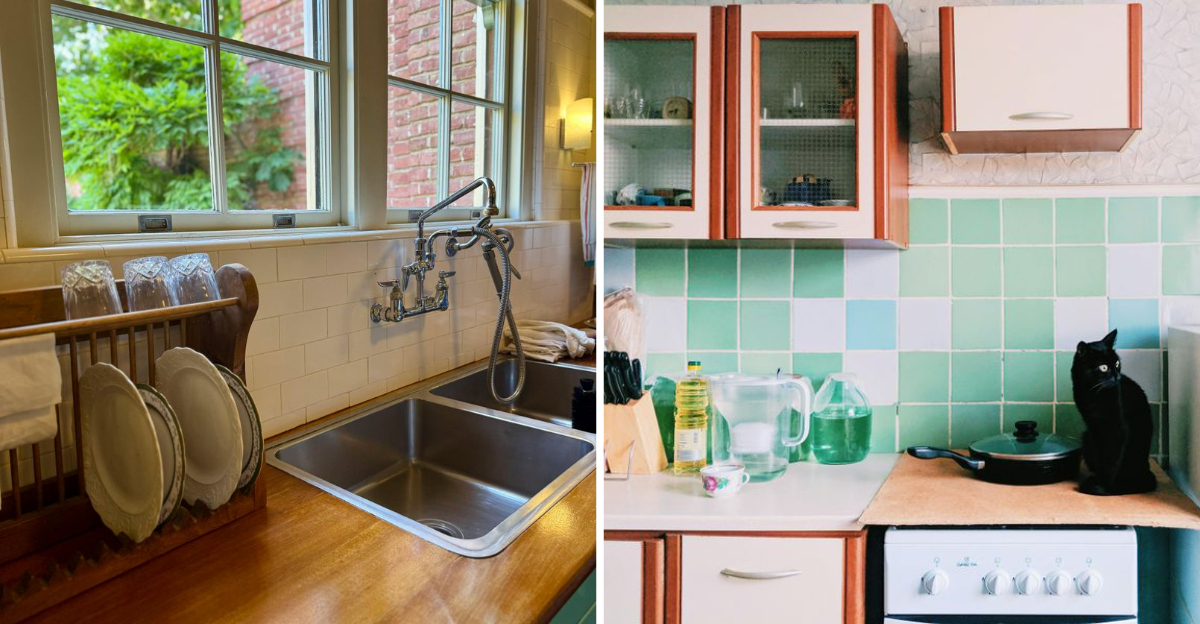
Remember those kitchen designs you’d see in your grandparents’ homes? Many elements that seem outdated or quaint today were once the height of kitchen fashion.
I’ve discovered that our kitchens have undergone quite the transformation over the decades! Let’s explore 12 kitchen features that were absolute must-haves in their heyday, showing just how much our culinary spaces have evolved.
These examples are based on general historical trends, though popularity and usage may have varied by region and household.
1. Harvest-Style Table
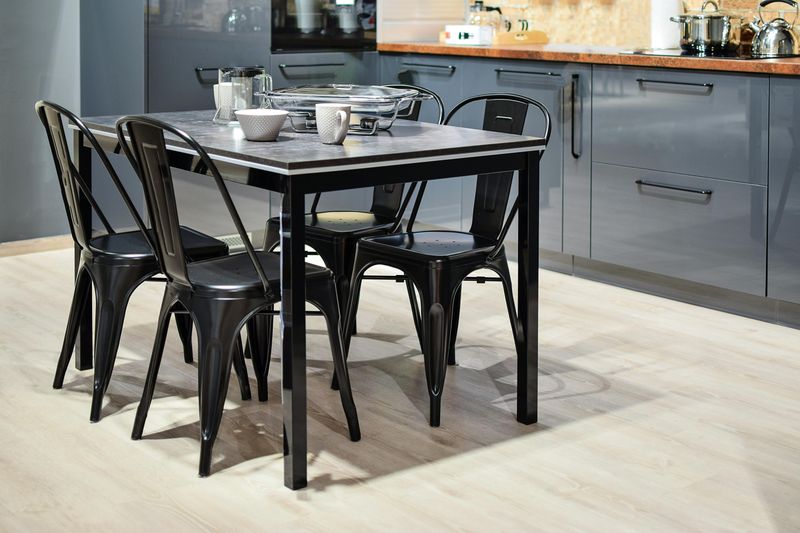
Long before kitchen islands became the gathering spot, harvest tables served as the heart of the kitchen. These sturdy wooden workhorses with their rectangular shapes and simple designs provided space for everything from kneading bread to family meals.
Dating back to colonial times, harvest tables gained massive popularity during the 1930s-1950s when open-concept kitchens weren’t yet the norm. Families would gather around these tables rather than dining rooms for casual meals and conversation.
The warm, inviting nature of these tables created an informal atmosphere that encouraged lingering. Many vintage models featured built-in drawers for storing utensils or linens functionality that modern kitchen islands have only recently rediscovered.
2. Wooden Hutch
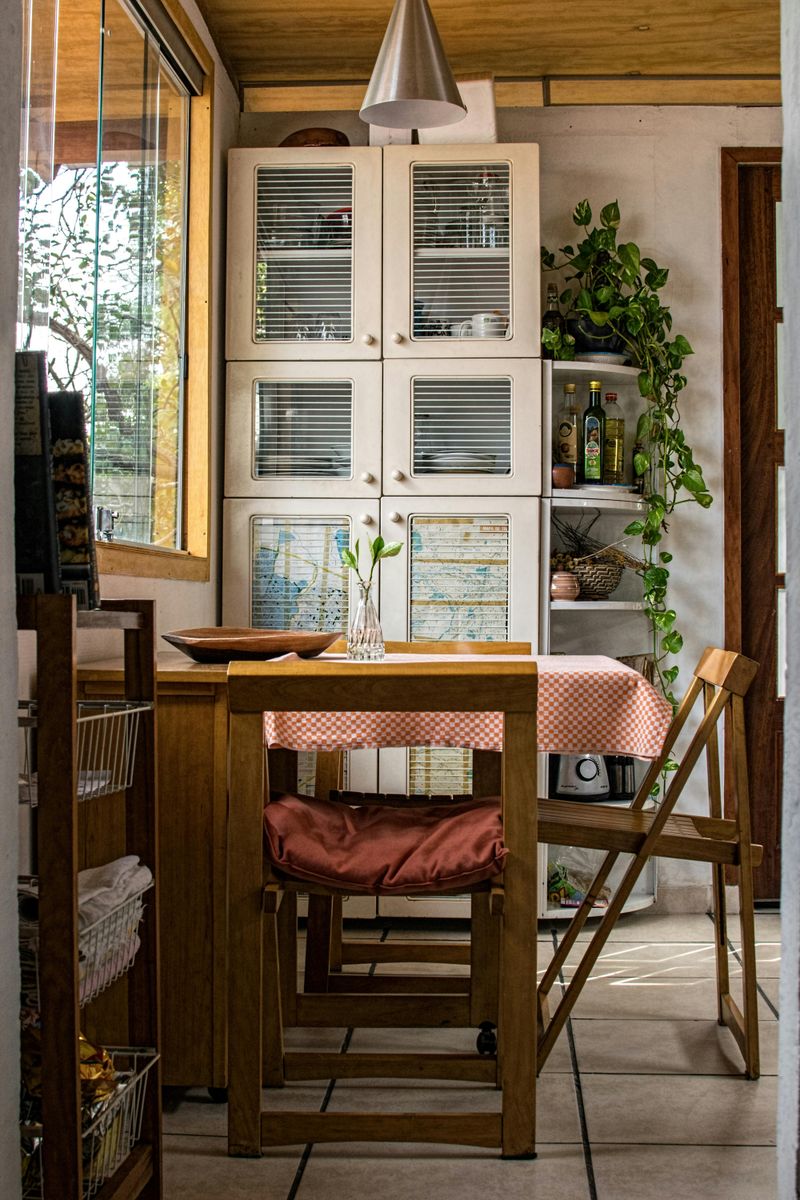
Before built-in cabinetry became standard, the wooden hutch reigned supreme for kitchen storage and display. These freestanding pieces combined open shelving on top with closed storage below, creating the perfect showcase for china and glassware.
Did you know wooden hutches trace back to 16th century Europe? They reached peak popularity in American kitchens during the 1920s through 1950s. Families proudly displayed their finest dishware on the upper shelves while storing less attractive necessities behind cabinet doors below.
As built-in cabinets became affordable and standardized in the mid-20th century, hutches gradually migrated to dining rooms or disappeared altogether. Today’s farmhouse revival has brought these charming pieces back into modern kitchens.
3. Metallic Cabinet Handles
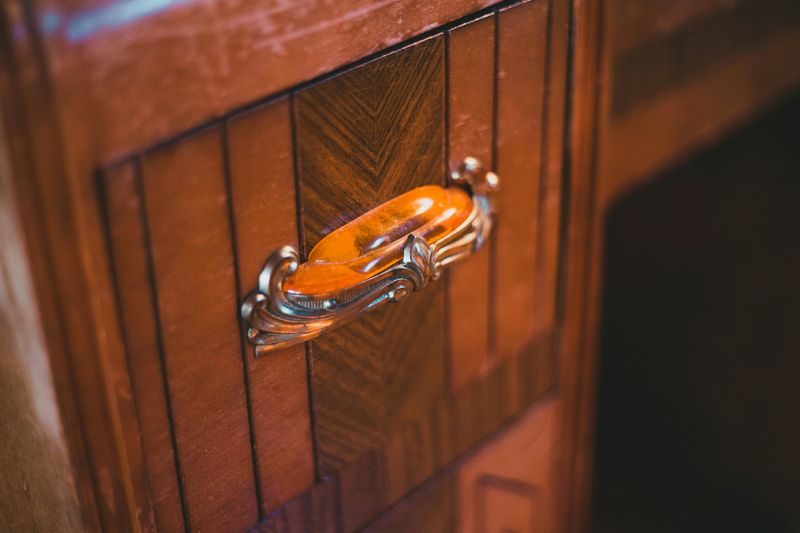
Chrome and brass hardware once adorned nearly every kitchen cabinet in America! During the Art Deco period of the 1920s and 30s, metallic handles symbolized modernity and progress a shiny beacon of the machine age.
These gleaming pulls reached their zenith during the post-war boom when manufacturers mass-produced standardized kitchen cabinets. The contrast of bright metal against white or pastel cabinets created a clean, hygienic appearance that homemakers coveted.
When wood-toned kitchens took over in the 1970s, these flashy handles fell out of favor. Hidden pulls and minimalist designs replaced them until recently, when brass and gold hardware made a surprising comeback in contemporary kitchens proving style truly cycles through generations.
4. Formica Countertops
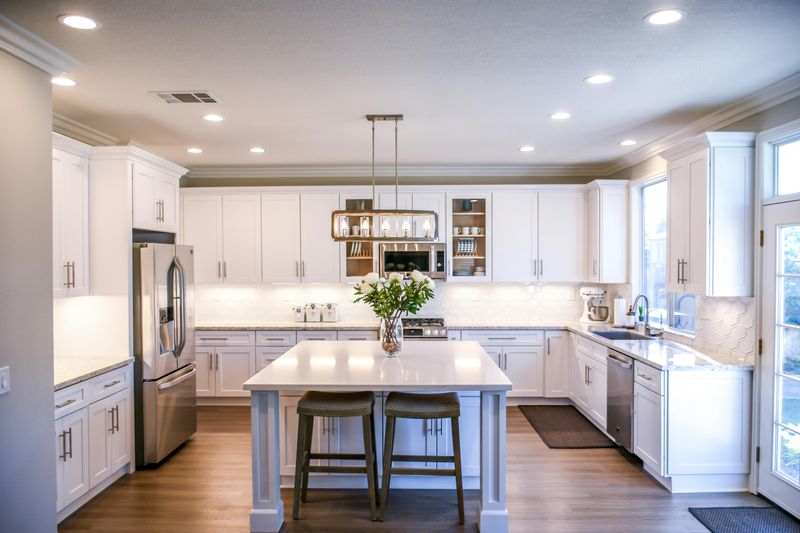
Boomerang patterns and speckled surfaces once covered kitchen countertops nationwide! Formica laminate revolutionized kitchen design when it became widely available after World War II, offering an affordable alternative to expensive natural materials.
The iconic patterns particularly the “Boomerang” design with its distinctive atomic-age swoops defined mid-century kitchens. Homeowners loved how these countertops resisted stains and cleaned easily with just a wipe, a remarkable feature when most households had previously used wood or tile surfaces requiring intensive maintenance.
Though granite and quartz have dominated recent decades, I’ve watched with interest as retro-inspired laminate makes a comeback. Modern manufacturers now reproduce those classic patterns for homeowners seeking authentic mid-century charm without the high-maintenance care of natural stone.
5. Pendant Lighting
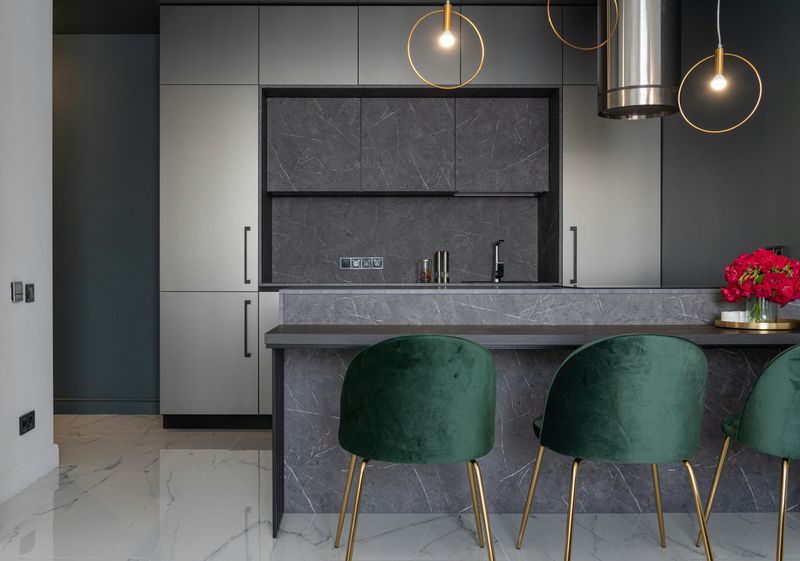
Those stylish hanging lights that seem so contemporary actually have deep historical roots in kitchen design! Pendant lighting first gained widespread popularity in the early 20th century when electric lighting became common in homes.
During the 1920s and 30s, Art Deco pendants with milk glass shades hung proudly over kitchen work areas. Their functionality was revolutionary directing focused light exactly where homemakers needed it most. By the 1950s, colorful enameled metal pendants in cone shapes became kitchen staples.
When recessed lighting took over in the 1970s and 80s, pendants were relegated to dining areas. Their triumphant return to kitchen islands and work zones in recent years isn’t new at all just a rediscovery of what worked beautifully nearly a century ago!
6. Ceramic Canisters
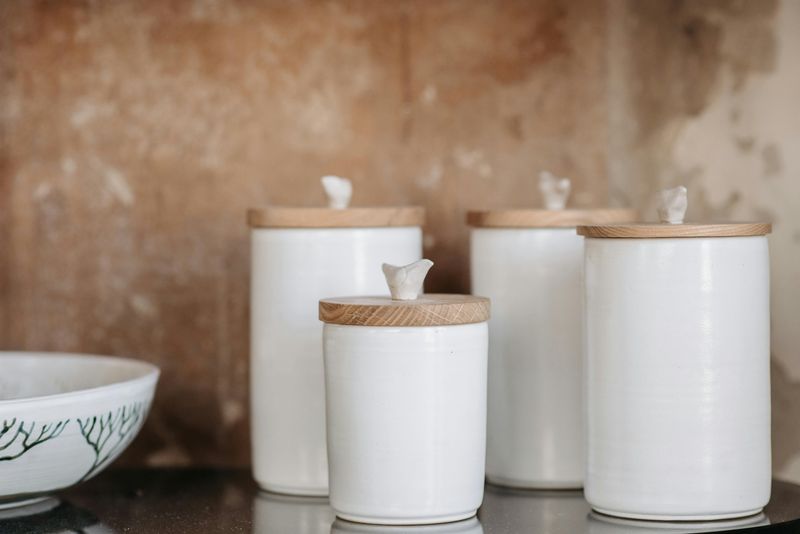
Matching canister sets labeled “Flour,” “Sugar,” and “Coffee” were once the pride of every well-appointed kitchen! These decorative yet practical storage containers reached their height of popularity from the 1940s through the 1960s.
Often arranged in descending size order on countertops, ceramic canisters served both functional and aesthetic purposes. Their airtight seals kept staple ingredients fresh while their coordinated designs added a decorative touch to utilitarian spaces. Many homemakers collected specific patterns that matched their dishware or kitchen color scheme.
When cabinets became more abundant and plastic storage containers gained popularity, these charming sets often disappeared from countertops. Today’s vintage-inspired kitchens have revived them, though modern versions tend to feature simpler designs than their elaborately decorated predecessors.
7. Wall-Mounted Spice Racks
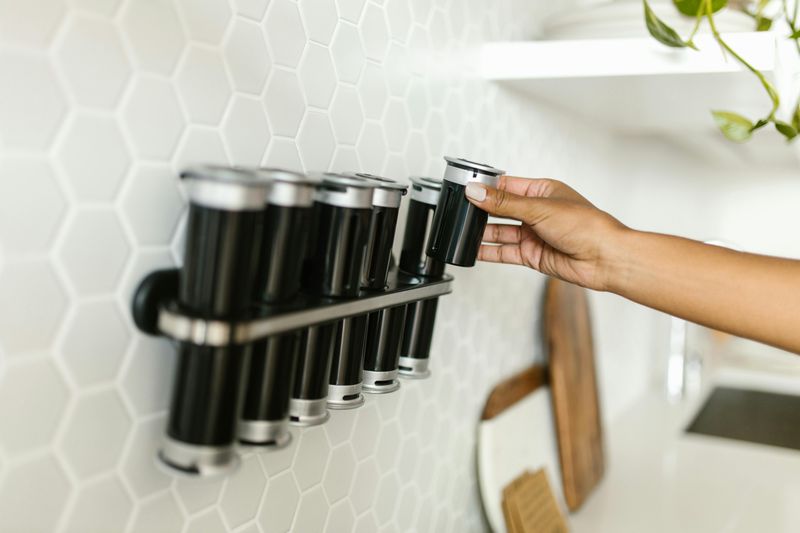
Before pull-out cabinet organizers, spices were proudly displayed on kitchen walls! These wooden or metal racks with their neat rows of matching jars became kitchen staples from the 1940s through the 1970s.
Wall-mounted designs made perfect sense when counter space was limited. Many homemakers would transfer store-bought spices into uniform containers with matching labels creating an organized system that was both practical and visually appealing. Some racks even rotated or featured multiple tiers to maximize storage capacity.
As kitchen design evolved toward minimalism and hidden storage, these visible spice collections gradually disappeared behind cabinet doors. The recent resurgence of open shelving and display storage suggests we’re rediscovering the charm of having cooking essentials within easy view and reach.
8. Colored Appliances
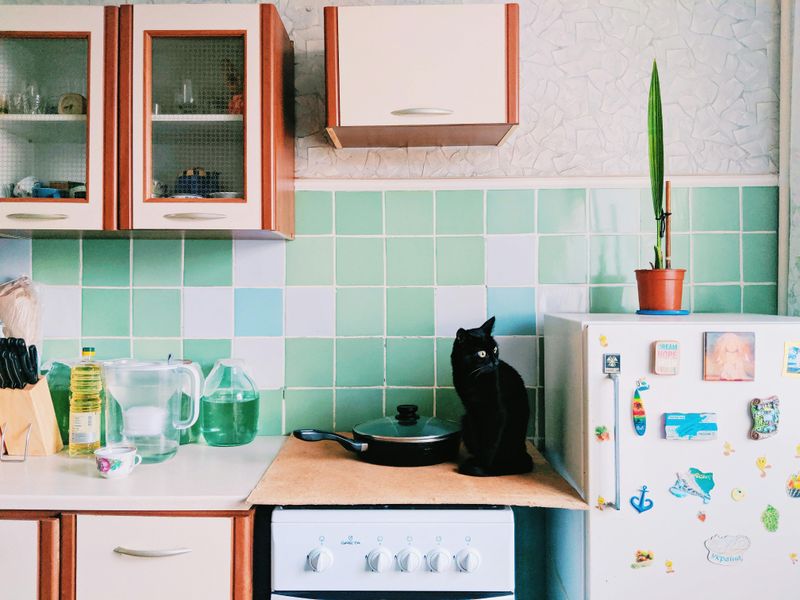
Avocado green refrigerators and harvest gold stoves weren’t always considered outdated they once represented the cutting edge of kitchen fashion! The 1950s through 1970s witnessed an explosion of colorful appliances as manufacturers moved beyond basic white.
This trend began with pastel shades like turquoise and pink in the 50s, evolving to bolder earth tones by the 70s. Matching your refrigerator, stove, and dishwasher in coordinated colors became a status symbol and design statement for middle-class homes.
The energy crisis and changing tastes eventually pushed kitchens toward neutral stainless steel and white appliances by the 1980s. Today’s renewed interest in colorful appliances shows how design preferences come full circle though modern versions feature more sophisticated hues than their vivid predecessors.
9. Clawfoot Sink
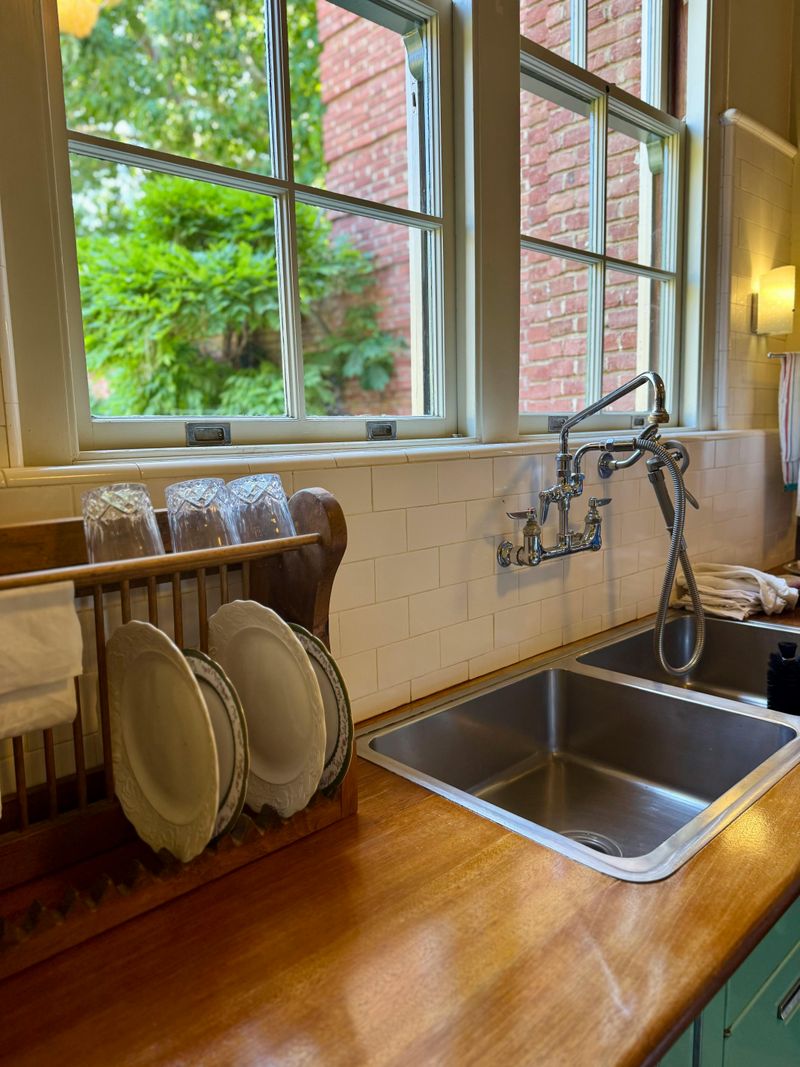
Free-standing sinks with decorative legs were the luxury standard before built-in cabinets took over! These elegant fixtures, often made from cast iron with porcelain coating, dominated kitchens from the Victorian era through the early 1930s.
Unlike today’s undermount or drop-in models, clawfoot sinks stood proudly on ornamental legs hence their name. Their deep, spacious basins accommodated everything from dishwashing to laundry in an era before specialized appliances. Many featured integrated drainboards on one or both sides, creating ample workspace.
The rise of fitted cabinetry in the mid-20th century made these statement pieces obsolete in most homes. However, their recent reappearance in farmhouse and vintage-inspired kitchens demonstrates our cyclical appreciation for craftsmanship and character in functional elements.

